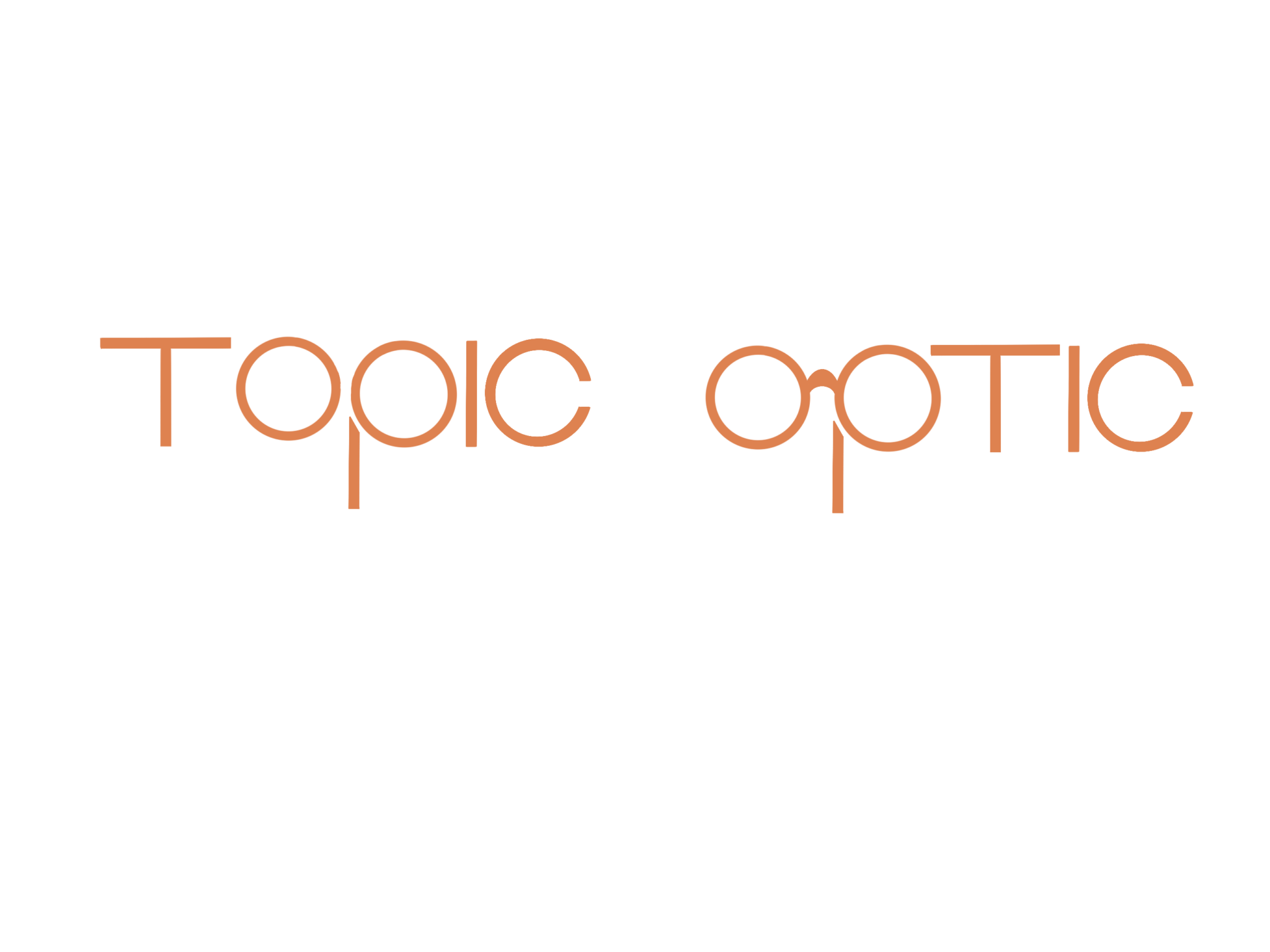Ocular Hypertension
What Is Ocular Hypertension?
Ocular hypertension refers to higher-than-normal pressure inside the eye (intraocular pressure or IOP). It is a significant risk factor for developing glaucoma, although not every individual with ocular hypertension will develop this condition. Regular monitoring and appropriate treatment, if necessary, are important to prevent potential eye damage and vision loss.
Symptoms of Ocular Hypertension:
Ocular hypertension typically does not have noticeable symptoms. Most people with the condition feel no pain or changes in vision. It is often detected during a routine comprehensive eye exam, which is why such exams are crucial.
Treatment for Ocular Hypertension:
Treatment aims to reduce intraocular pressure to prevent the onset of glaucoma. Options may include:
- Medicated Eye Drops: These are often the first line of treatment and can help decrease eye pressure.
- Regular Monitoring: Frequent eye exams are crucial to monitor the eye pressure.
- Lifestyle Modifications: Regular exercise and a healthy diet can support overall eye health.
Prevention of Ocular Hypertension:
Preventing ocular hypertension involves taking proactive steps to maintain eye health:
- Regular comprehensive eye examinations, especially if you have risk factors such as age over 40, a family history of ocular hypertension or glaucoma, extreme nearsightedness, or diabetes.
- Protecting the eyes from injury, as trauma can lead to increased eye pressure.
- Managing overall health, as systemic health issues like hypertension or diabetes can affect eye health.
To learn more about ocular hypertension, its causes, diagnosis, and surgical options, visit your optometrist.
Please note that this information is provided for informational purposes only and should not substitute professional medical advice. If you suspect you have ocular hypertension or any eye-related concerns, it is important to consult with an eye care professional for a proper evaluation and personalized recommendations.

